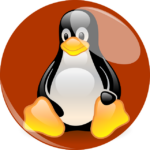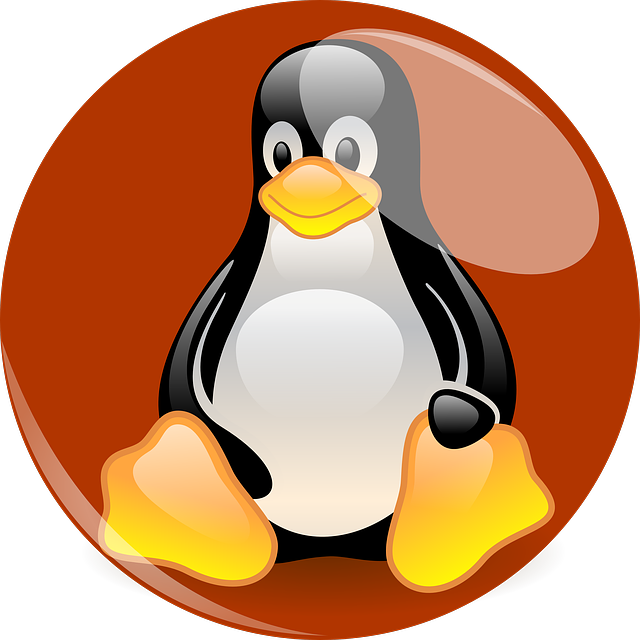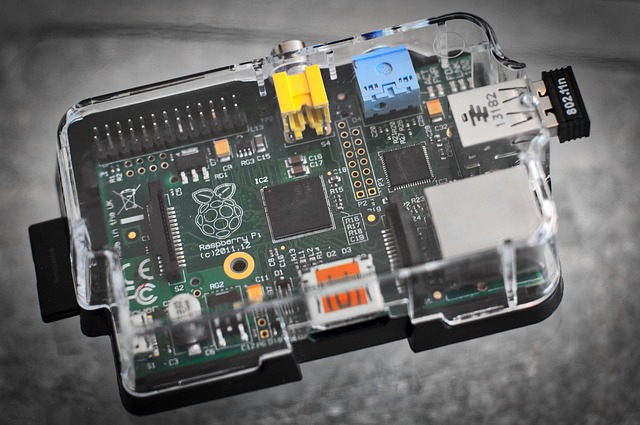AlmaLinux is a robust, open-source operating system with a strong community focus, offering extensive documentation that's both comprehensive and user-friendly. It's a reliable alternative for those seeking long-term support and consistent updates, akin to Red Hat Enterprise Linux (RHEL), and is derived from the legacy of CentOS. AlmaLinux stands out due to its vast software package selection and the detailed guides and tutorials produced by its community. These resources are structured to cater to users at all skill levels, ensuring clear explanations and practical examples for command-line operations. The documentation's progression from basic to advanced topics is designed to enhance learning and retention, while visual aids and interactive examples aid understanding. Before release, each guide undergoes rigorous testing to guarantee accuracy and reliability, making AlmaLinux's documentation an indispensable asset for users. This collaborative effort ensures the resource remains current and enriched with real-world insights, positioning AlmaLinux as a prime example of open-source collaboration in action.
discover the essence of effective knowledge dissemination through extensive documentation with a focus on AlmaLinux. This article delves into harnessing AlmaLinux for comprehensive documentation, elucidating best practices in crafting detailed guides and tutorials. Further, it explores how community engagement amplifies the richness of AlmaLinux documentation resources, ensuring a robust repository of information that empowers users and developers alike. Join us as we navigate the pivotal role of thorough documentation in fostering knowledge sharing within the AlmaLinux ecosystem.
- Leveraging AlmaLinux for Comprehensive Documentation and Knowledge Sharing
- Best Practices in Creating Detailed AlmaLinux Guides and Tutorials
- The Role of Community Contributions in Expanding AlmaLinux Documentation Resources
Leveraging AlmaLinux for Comprehensive Documentation and Knowledge Sharing
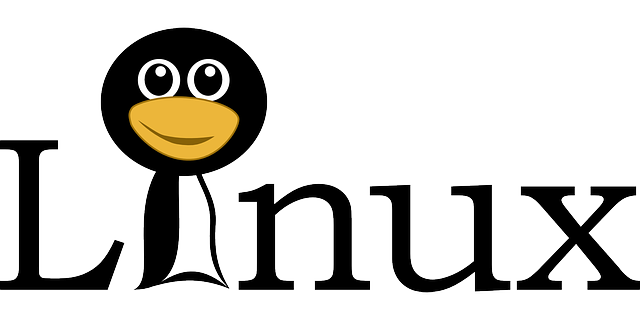
AlmaLinux stands as a robust and reliable open-source operating system that provides users with an extensive foundation for comprehensive documentation and knowledge sharing. Built upon the CentOS heritage, AlmaLinux offers a stable platform that mirrors Red Hat Enterprise Linux (RHEL), making it an ideal choice for those seeking a long-term support alternative. The OS’s consistent and reliable updates ensure that the documentation remains relevant and accurate, which is critical for knowledge sharing within communities and across organizations.
The rich ecosystem of AlmaLinux, supported by a vast array of available software packages, enables users to document their experiences and share solutions effectively. The community around AlmaLinux is actively engaged in creating detailed guides, tutorials, and forums where users can collaborate and learn from one another. This collaborative approach to documentation not only enhances the collective knowledge base but also fosters a culture of continuous improvement and peer learning. Users can access this wealth of information through the official AlmaLinux documentation repositories or third-party resources, ensuring that knowledge is easily accessible and disseminated among users with varying levels of expertise.
Best Practices in Creating Detailed AlmaLinux Guides and Tutorials
When crafting detailed AlmaLinux guides and tutorials, it’s crucial to adopt a systematic approach that caters to users with varying levels of expertise. Begin by clearly defining the target audience; AlmaLinux guides should be accessible to beginners while providing deeper insights for advanced users. Use concise, jargon-free language where possible, and provide clear explanations for command-line instructions. Emphasize the importance of versioning when discussing software packages or system components, as this ensures that readers can accurately apply your guidance regardless of their AlmaLinux release.
To enhance usability and knowledge retention, structure your tutorials with a logical flow, starting with the basics and progressively delving into more complex topics. Include ample illustrations and screenshots where appropriate to visually guide users through each step. Interactive examples can be particularly effective in demonstrating concepts and are highly recommended. Additionally, cross-reference related sections within your guides to help readers navigate between relevant parts of the documentation seamlessly. This not only aids comprehension but also streamlines the process of updating and maintaining the content as AlmaLinux evolves. Remember to test each step thoroughly in a controlled environment before publishing to ensure accuracy and reproducibility. By adhering to these best practices, you’ll contribute high-quality, reliable AlmaLinux documentation that fosters effective knowledge sharing within the community.
The Role of Community Contributions in Expanding AlmaLinux Documentation Resources

AlmaLinux, a community-driven enterprise operating system for x86-64 architecture based on Red Hat Enterprise Linux (RHEL), thrives on the collective knowledge and contributions of its user base. The expansive nature of AlmaLinux documentation is largely attributed to the active community that consistently enriches this resource with their expertise and experiences. These contributions span a wide array of topics, from installation guides and system administration how-tos, to advanced configuration walkthroughs and troubleshooting tips. This collaborative effort ensures that the documentation evolves alongside the operating system, providing users with up-to-date information necessary for various use cases.
Community contributors play a pivotal role in AlmaLinux’s documentation ecosystem by not only documenting new features as they are released but also by sharing their unique problem-solving approaches and insights gained from real-world applications. This democratic process of knowledge sharing encourages continuous improvement, making the resources robust and accessible to users at all levels of expertise. The diversity of contributors further enriches the documentation, offering multiple perspectives and ensuring that the content is as comprehensive and inclusive as possible. By fostering an environment where everyone’s contributions are valued, AlmaLinux ensures that its documentation remains a valuable asset for the entire community.
In conclusion, the comprehensive documentation for knowledge sharing within the AlmaLinux community stands as a testament to collaborative efforts and best practices. By leveraging AlmaLinux’s robust infrastructure and encouraging community contributions, a rich repository of detailed guides and tutorials has been established. This collective effort not only facilitates seamless knowledge transfer but also empowers users with the tools and resources necessary for effective self-learning and troubleshooting. As the documentation continues to expand, AlmaLinux remains a prime example of how open-source software can thrive through transparent collaboration and shared expertise. Users and contributors alike are invited to engage with this dynamic ecosystem, ensuring that AlmaLinux’s documentation evolves to meet the needs of its diverse user base.





